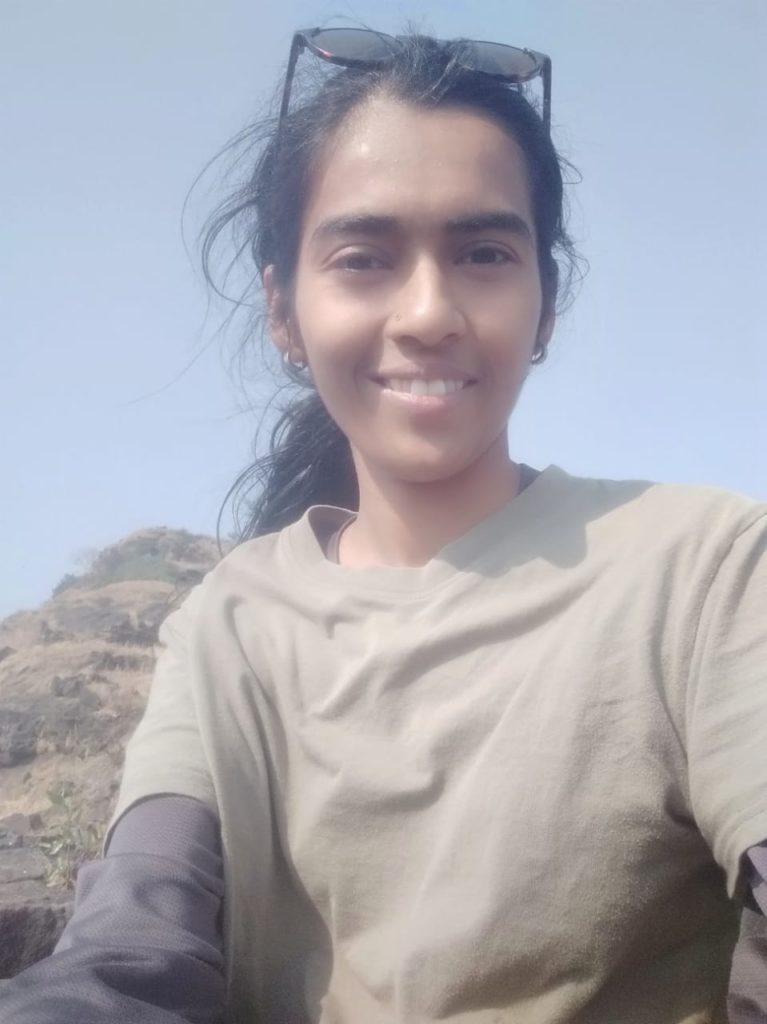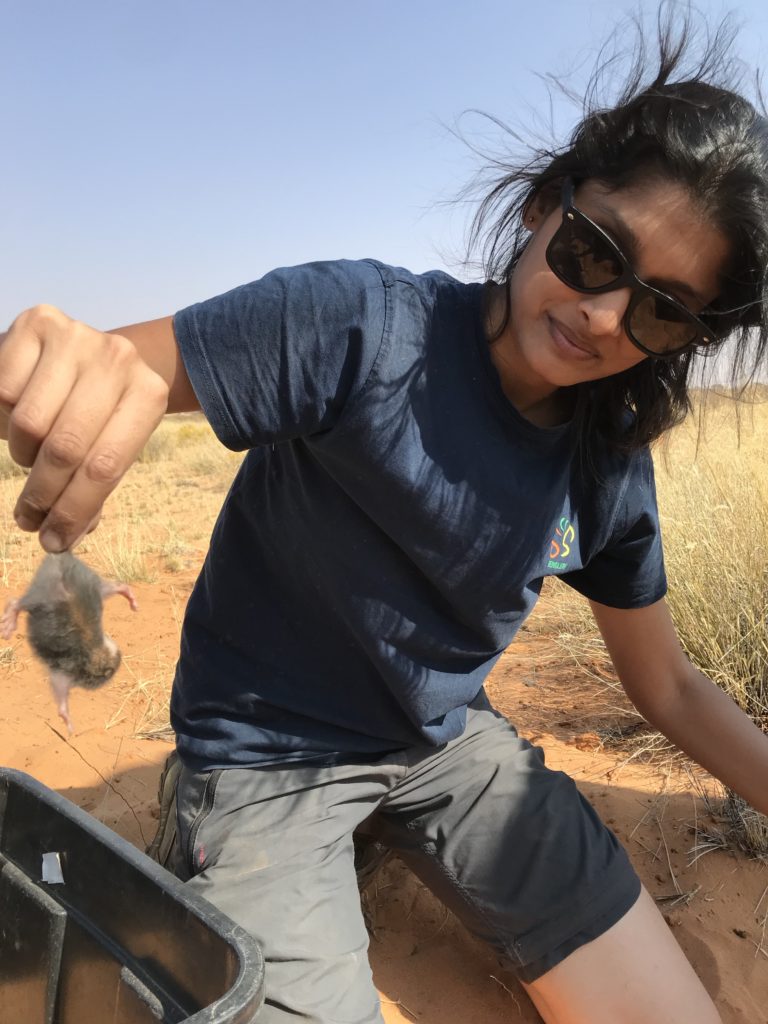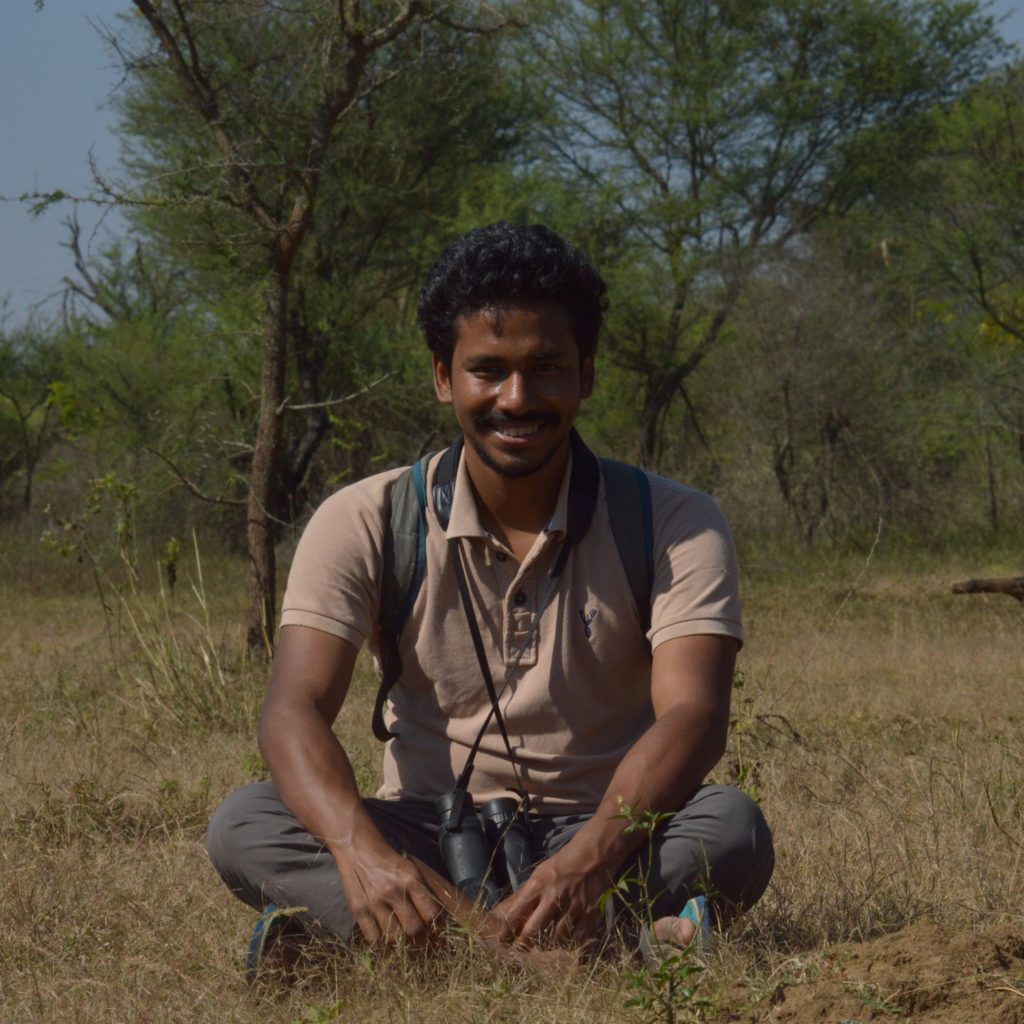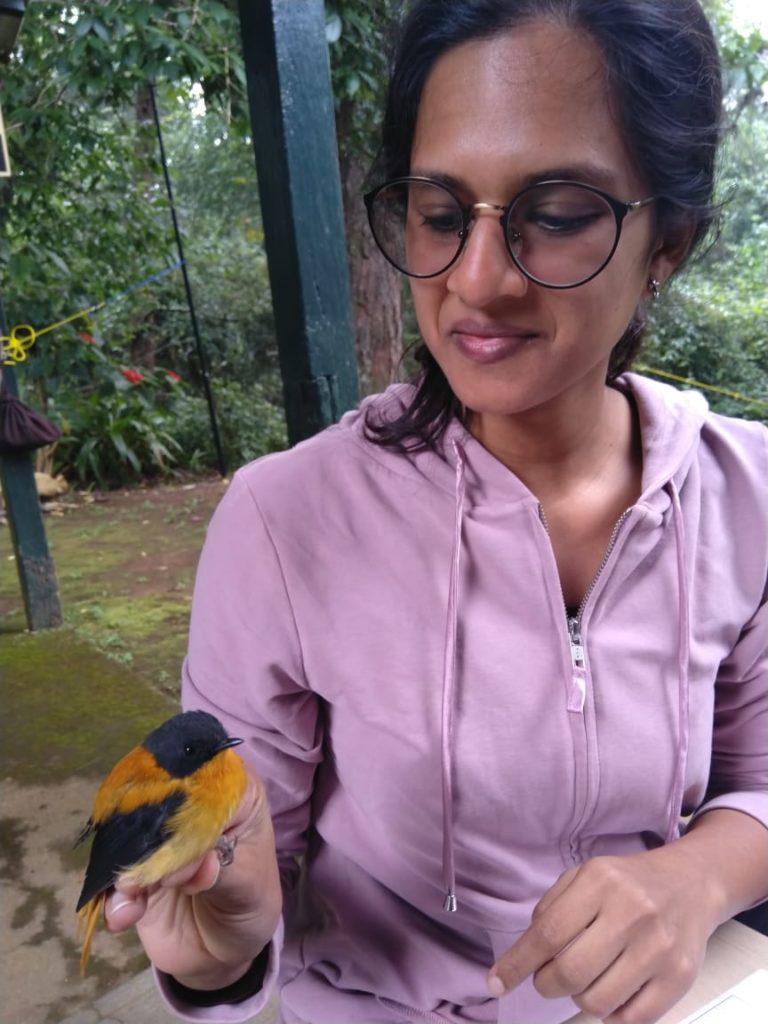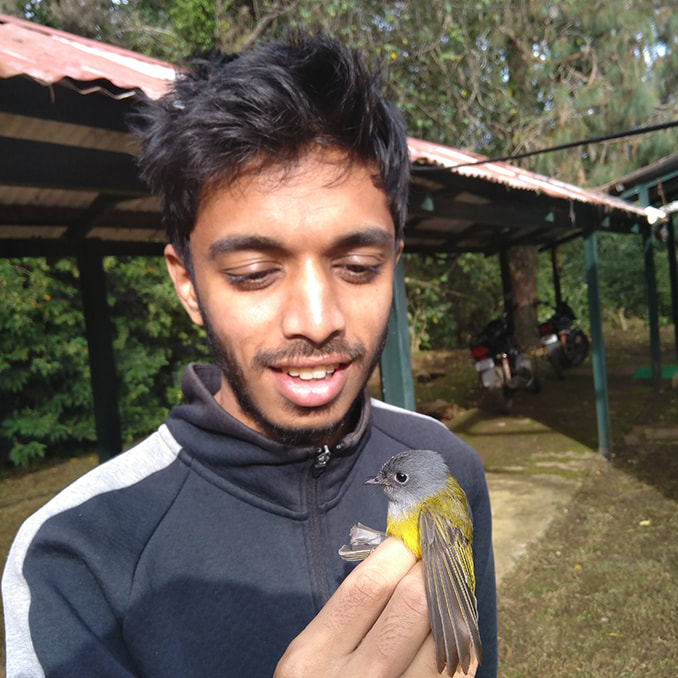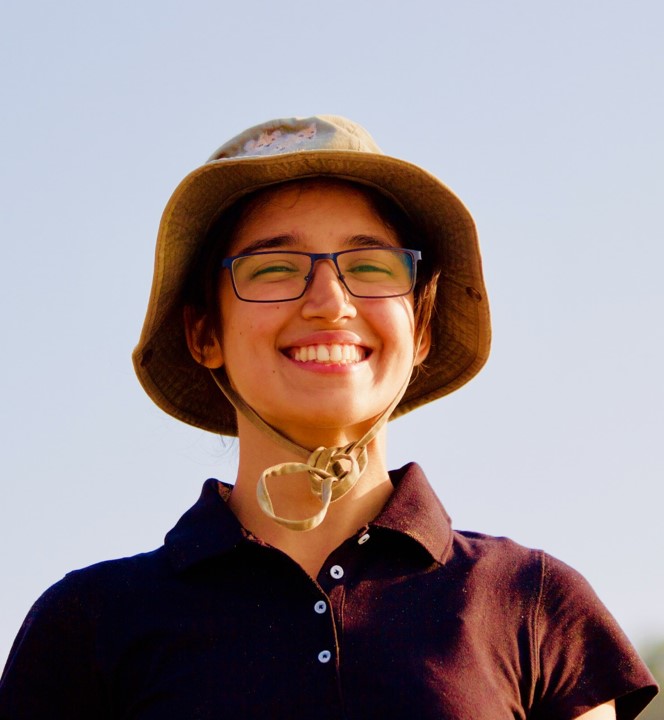Pranjal Mahananda
"I never knew anything about bird watching until my Masters. Before that, I knew some local names of common birds like sparrows, mynas and crows; all the other birds were just a ‘yellow bird’, ‘brown bird’ and ‘green bird’ for me. Most people go birding to their backyards, forests or wetlands. Well, my birding journey started from Guwahati garbage dump yard (not a great place to be at, unless you are a birder!!), observing the foraging and feeding of hundreds of endangered Greater Adjutant Storks!"





